Has the massive world of antique German porcelain recently grabbed your interest? Perhaps, you’re searching for the finest porcelain piece to add to your collection? Whatever, the case is, you’ll be glad to know that you’re in the right place because that is the topic for today’s discussion.
Antique German Chinas have proved to be precious items for collectors over the course of nearly three centuries. Although the history of porcelain originating from Germany is quite vast, we’ll help you get started by giving you enough information that you need to begin your antique German China collection. Through the course of this guide, we’ll introduce you to the vast history of German Chinas, the various companies involved in the production of some renowned antiques, and the different German porcelain marks used to identify the manufacturer and the origins of a certain porcelain piece. Furthermore, we’ll also give you a brief buying guide that might prove to be highly beneficial for new collectors looking to start their antique porcelain collection.
So, with that said, let’s not waste any more time and get straight into the guide!
Table of Contents
The Vast History Of German Porcelain
If you wish to be a part of the expanding German porcelain collectors’ community, then you need to be aware of the extensive history behind these elaborate figurines. While the concept of pottery had been around for various centuries, the concept was brought into practicality in 1710 with the invention of the first-ever hard-paste German porcelain by Augustus, the kind of Poland. German China was beginning to be produced and distributed commercially throughout Germany and although it was intended to keep the secrets of China production a closely guarded secret, it eventually became impossible to do so.
Oldest German Porcelain Factory; The Meissen Porcelain Factory
The idea of German porcelain was further popularized in 1718 with the invention of the Meissen Porcelain Factory. They dominated the process of making hard-paste porcelain till the late 1750s. However, even after new west German companies began to rise in popularity, the Meissen Manufactory continued to produce exquisite pottery and distribute it all across Germany. Even today, Meissen Manufactory is considered to be one of the best companies that deal with the distribution of hand-painted German Chinas.
The arcanum (secret of how porcelain is made) was stolen from Vienna in 1745 after which, China manufacturers started to arise from all across Germany and other regions of the globe. This is when porcelain production became a trend among local princes and aristocrats as, during this time, it was considered to be highly fashionable to own a porcelain manufactory. Although most of these manufactories failed, some of these became very well-known porcelain companies that we know today.
How To Identify German China Marks?
If you already own an antique piece of German porcelain and you’re looking to sell it, then it’s essential for you to fully comprehend the origins of German porcelain. This involves knowing which country it originated from, the brand or company that produced it, and how old or antique it is. To be able to answer this, you must first learn how to identify porcelain marks. These marks are simply symbols that hint toward the manufacturer of the porcelain.
However, with the various styles and designs being introduced into the market, it can be incredibly difficult for new collectors to identify the mark on their China and analyze the mark to identify the company that manufactured the porcelain. Furthermore, identifying and verifying porcelain marks also helps you distinguish real antiques from fakes and copies.
To help you through this process, here is a step-by-step guide on how you can identify and understand different China marks.
Step 1: Look For Porcelain Marks
Manufacturers generally imprint their mark on their Chinas to allow the collector to distinguish the porcelain piece from other competing products. Usually, these marks are found on the bottom edges of vintage German porcelain. The marks might be plain lines or designs highlighting the company responsible for producing that certain porcelain.
Step 2: Analyze The Color And Texture Of The Glaze
Ancient German Chinas come in extensive color variations and with numerous different textures. Understanding the type of glazes used on your porcelain can help you identify its marker or manufacturer, as well as the era during which the piece was made. You need to be able to distinguish between a glaze crackle, crystalline, and smooth to be able to effectively identify the textures of different glazes.
Step 3: Understand The Shape Of Your Porcelain Piece
Generally, antique porcelains are delicately molded into different shapes and formations depending on the type of China as well as the brand manufacturing the product. Certain types of Chinas are also known to have doll-like faces, which makes it much easier to identify the markers of German China. It’s essential for you to understand the shape of your porcelain piece. It may not seem as such initially; however, the shape of old German China can play a major role in identifying the markers of German China. In the history of German China, it often occurred that a certain porcelain shape was distinctive to a certain producer or brand.
Step 4: Do Your Research
Once you’re able to write a complete description of your China, you’ve properly analyzed the different aspects of your China and you’re ready to move to the next stage in identifying the marks of the Porcelain piece. For this, you need to perform research to identify exactly where antique German China originated from.
You may visit the library and search for books that provide guidelines on how you can identify marks on your China. You may also go through listings containing marks of different manufacturers and compare your mark with those from the listing to attempt and identify the company that produced your China. Alternatively, you can have a specialist take a look at it and help you track down the true origins of German China. This can also help you understand how rare your piece is and how much it’s worth in the current market.
Popular Antique Porcelain Markers
Now that you’re aware of how to identify a mark on your antique German porcelain, let’s take a look at some of the most popular names in the market. These brands, markers, and companies belong to various countries and regions all around the globe, including West Germany, East Germany, Europe, and more!
1. Frankenthal Porcelain

Frankenthal Porcelain is a very popular German China company known for producing some of the most prized pieces in the world of ceramics. The company was founded back in 1755 in the city of Frankenthal, Germany. Frankenthal Porcelain has produced very elegant and rare pieces of German pottery over the course of previous centuries; however, it is no longer in the China manufacturing business.
Frankenthal Porcelain was known to be one of the top German China companies in the early 18th century, during which time, they distributed thousands of pieces throughout Germany. The fact that the company is no longer in the business makes its products even more valuable to enthusiasts of this century. A piece of Farkenthal Porcelain will certainly be a great addition to your China collection.
Frankenthal Porcelain is known for producing arched bases and doll-like figurines with a unique mark that is easily distinguishable from other producers. The Frankenthal Porcelain mark typically consists of a crown, or at times a lion. The lion and crown are made in honor of the royal house and they add great value to the porcelain piece.
2. Villeroy & Boch
Villeroy & Boch is a pretty well-known company associated with porcelain manufacturing since the 18th century. The company is still in business today and deals with all sorts of German Chinas, furniture, and other collectibles.
Products from Villeroy & Boch are easily accessible and can be found at any online shopping site, including eBay and Etsy. Initially, the company’s marks consisted of “Made in Germany”, “Mettlach”, and other texts and symbols; however, later marks comprised of the company’s initials, and sometimes, the entire name; Villeroy & Boch. Although pieces from these producers might not add much worth to your antique China collection, they will certainly make it look good with their unique and appealing colors, patterns, and designs.
3. Konigliche Porzellan Manufaktur
Kinigliche Porzellan Manufaktur, or K.P.M. in short, was founded in 1763 by Fredrick the Great, who was a firm believer in the idea that the best type and quality of porcelain should come from Germany. For this reason, he made it his life’s purpose to produce the finest quality of porcelain that has proved to be highly valuable in today’s market. His company mainly focused on the manufacturing of doll-like figurines and tableware that had been carefully molded in unique and appealing designs and hand-painted to perfection.
Initial porcelain pieces produced by the K.P.M. had a mark that was either a plain line, an orb, or a crown. The company eventually began to add its initials to prevent any new ownership of its products. K.P.M. is known to produce some rare and highly valuable pieces of antique porcelain, making them an incredible addition to your collection.
4. Meissen Porcelain Factory
The Meissen Porcelain Factory continues to be the oldest official manufactory of German china throughout the vast history of German porcelain. They are known to produce the highest quality of porcelain all across Germany throughout the 18th century. The organization was founded by Augustus the Strong who implemented the ideas of Johann Friedrich Bottger, a German alchemist, who is popularly known for discovering the secrets to the manufacturing of porcelain.
Originally, the company’s mark consisted of a double-crossed sword. The mark went through countless variations and modifications throughout the years and was eventually replaced by the company’s name in 1972. The Meissen Manufactory is still in the porcelain business as it continues to introduce new and exciting designs of German Chinas into the market. Since this is where that vast history of German China came into being; therefore, it’s only fair for you to have a piece of Meissen Porcelain Factory in your collection.
The widespread manufacturing and distribution of German porcelain came to a halt during the early 19th century when many of the original German China factories ceased distribution. The art of ancient German China was gradually fading away when massive deposits of kaolin were discovered in the lands of Selb, Bavaria. This discovery opened a brand-new chapter in the vast history of German porcelain. In the earlier centuries, German Chinas were primarily produced for the noble and aristocrats; however, during this time, distribution to the general population began.
Many new companies were found during this time that was known to produce beautiful and valuable German Chinas and distributed them not only to Germany but all across the globe. The popularity of German Chinas was at its peak during this time as some of the most well-known names entered the market, including Goebel. Goebel was founded in 1871 and specialized in the manufacture of Hummel figurines of German children. Goebel markers and backstamps are fairly easy to recognize and consist of a crown, moon, bee, or the name of the brand. Furthermore, these porcelain pieces are also some of the rarest and most valuable ones on the market; therefore, you should try and get your hands on one to increase the worth of your porcelain collection.
Tips To Spot Fakes And Copies
If the world of ancient German China has recently grabbed your interest and you’re planning on building your own collection, then you need to understand that you are likely to come across fakes and copies of original antique porcelain pieces that may be presented to you as the original stuff and may be sold to you at the same exact price. Because of this, the next time you come across a beautiful piece of antique German porcelain online or in sales, you’ll always have the thought of whether or not it’s real crept up that the back of your mind.
To prevent such discomfort, you need to learn how to spot fakes and copies so that you may avoid them in the future. Although you can’t be certain about whether certain china is real or fake, there are certain measures that you can take to verify the authenticity of a particular porcelain piece up to a certain extent. This will make you feel much more confident while making your purchase, and it can also help you avoid spending large sums on frauds with absolutely no monetary or historical value.
Here are some tips that will certainly help you distinguish between an original and a fake piece of German China.
· Naturally, original antique German Chinas are expected to have signs of wear primarily because of how old or antique they are. The amount of wear is primarily dependent on when they were manufactured and the conditions that they were kept in over the years; however, in most cases, it’s nearly impossible for the porcelain to be in its brand-new condition. Therefore, if the piece looks brand new with absolutely no wear, then you should reconsider buying it.
· The weight of German china can say a lot about its authenticity. If the piece feels too heavy or too light, then there is a possibility that it may be reproduced. This happens when the original porcelain piece is replicated with a different material.
· The aesthetic tastes of previous eras and centuries are fairly different from those of today’s era. Therefore, if you’re unsure about the authenticity of a porcelain piece, you should consider researching other similar pieces and compare their colors and textures with the one that you’re verifying. Significant dissimilarities might hint towards the piece being a fake or a copy of the original German China.
· The mark on the German China shouldn’t be too perfect as older markers stamped their marks by hand; therefore, leading to partial fading or crookedness. If the mark is flawless, then it could potentially be imprinted by industrial ink-jet printers.
· Become an art critic and pay very close attention to each and every detailed feature. Look for signs of real talent since all older pieces were produced by hand. Each feature was created independently with great care and was assembled with the other features to produce one final piece. Modern pieces make use of ready-made identical copies of the original parts with some insignificant detailing to the final piece. If you look closely, you might be able to identify a detail or feature that wasn’t supposed to be on the original porcelain.
Keeping the various tips for identifying fakes or copies aside for a moment, you won’t be able to effectively identify fake German porcelain if you have insufficient knowledge about the domain of German Chinas. You need to know the entire process of how porcelains were made in the previous centuries as well the various types of forms of Chinas found in history.
You are highly recommended to visit museums, libraries, and research online for the primary purpose of expanding your knowledge about antique German Chinas. Having a more in-depth understanding of German Chinas and porcelains, you’ll be able to identify fakes and copies with just a glance.
Buying Guides For Antique German Porcelain
Now that you’re ready to begin your antique German China collection, you must be wondering how you should look for and buy the ideal pieces to begin your collection. If you’re new to the field, you also need to know certain factors that are responsible for determining the value of antique China.
· Chips & Cracks: Chips and cracks on antique German porcelain are likely to result in a significant drop in the value and worth of the piece in the market. Although these might be common in porcelains stores for thousands of years, they can still be avoided by ensuring suitable storage conditions for your old German porcelain.
· Crazing: Crazing refers to fine cracks in the glaze or surface layer of antique German China. This type of damage may result from a significant difference between the contraction rates of the body material and surface layer.
· Repairs: Certain antique German porcelains are repaired over the years to help them maintain their shape and texture. A fine repair job might be difficult to identify; however, it can certainly drop the value of the porcelain by hundreds of dollars.
Here are some excellent examples of antique German Chinas can you can buy to begin your China collection.
· Antique German Colonial Lady Half Doll Pin Cushion Arm Away & Back – Sold for $39.00
· GORGEOUS LARGE Heubach Bisque Porcelain German Figurines Pair Fisherman & Lady – Sold for $145.99
· Antique German Furstenberg Porcelain Cup & Saucer w/ Gold Leaves Decoration – Sold for $125.00
· Antique Sitzendorf Porcelain – Hand Painted Man Figurine – Sold for $29.78
Takeaway
Now you know everything that you need to know in order to begin your personal antique German China collection. All you need to do is go online and look for your very first antique German porcelain. With your first purchase, you need to ensure that you’re getting the real thing, and not a fake or a fraud. You’ve got a huge variety of porcelains to choose from to begin your collection. Feel free to go for any piece that appeals to you however, make sure that you take the necessary measures to ensure the authenticity of whatever you’re buying.
With that said, we wish you the best of luck in beginning your antique German China collection. If you have any questions or queries, be sure to leave them in the comment section below and we’ll get right back to you!

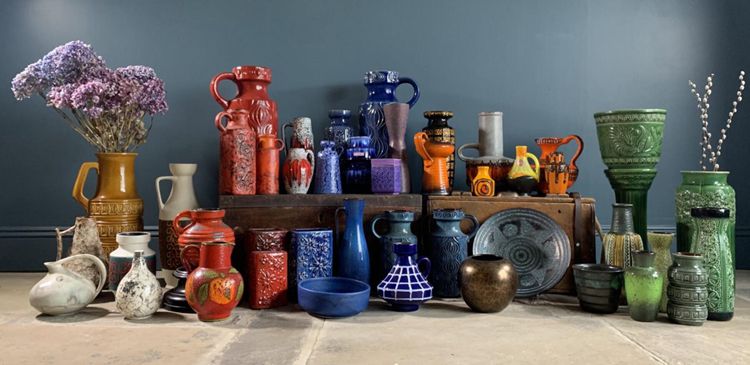
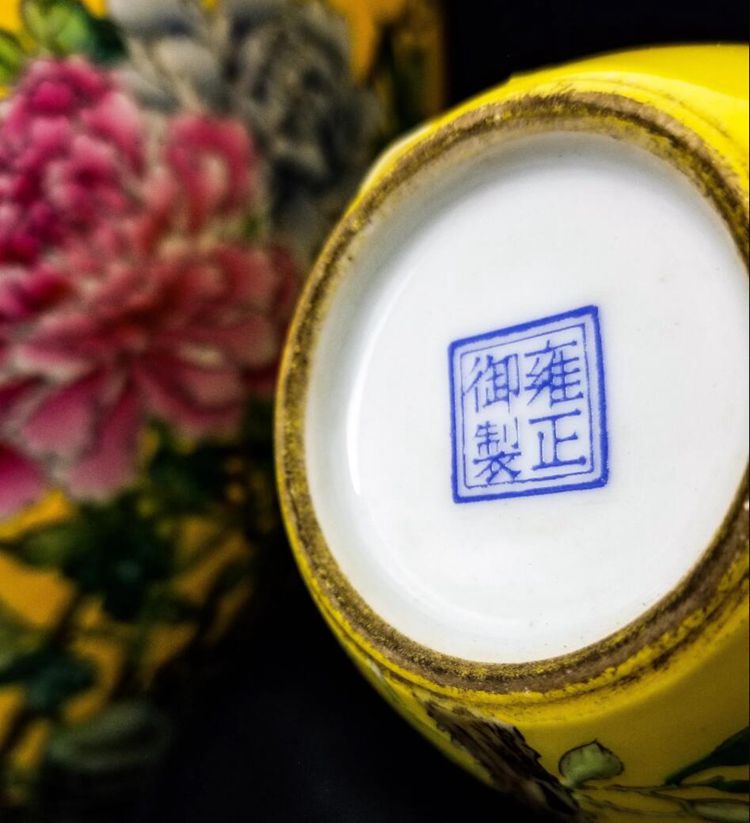
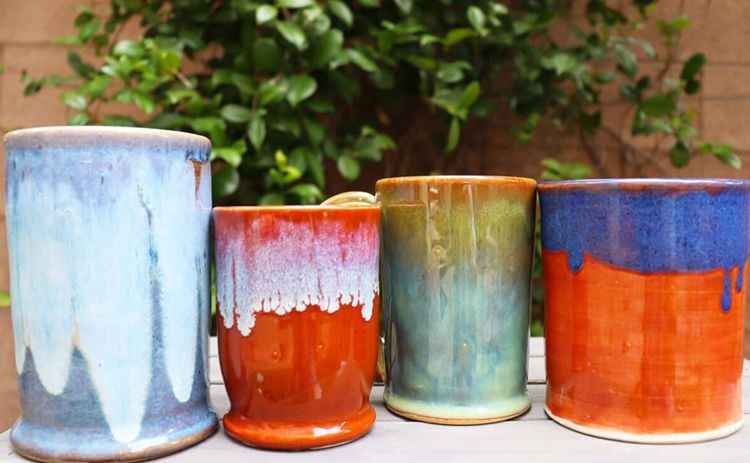
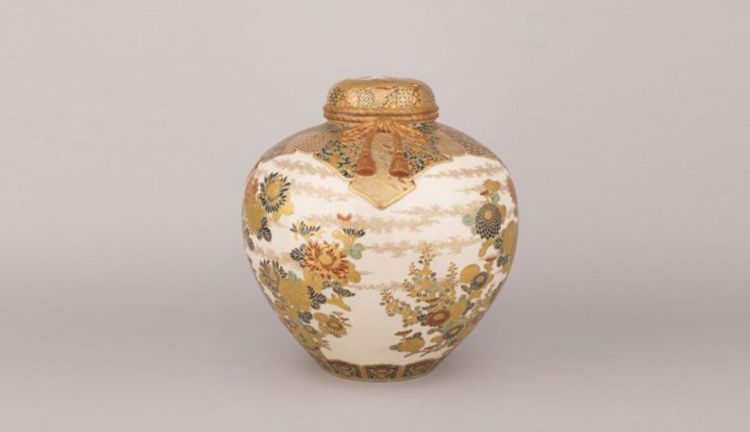
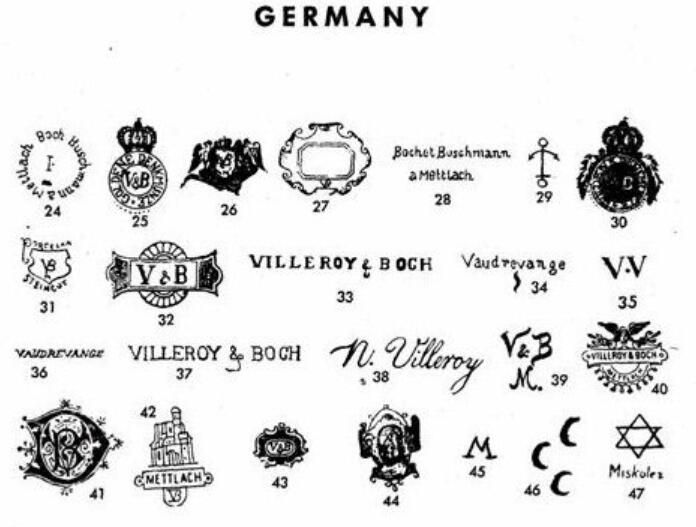
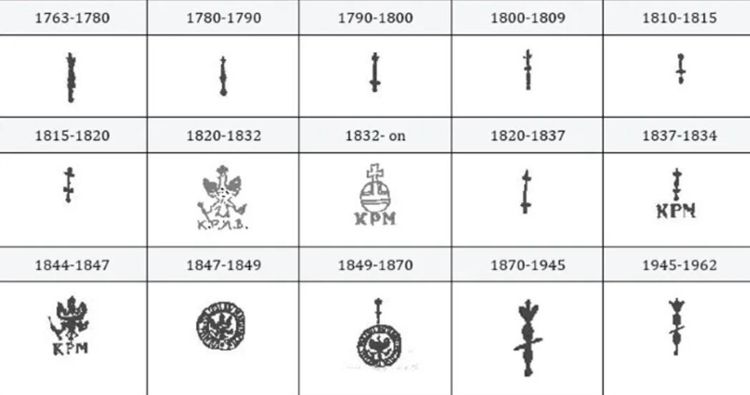
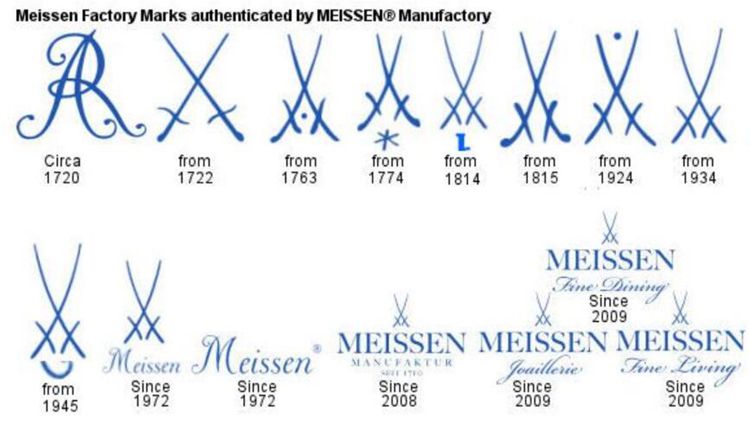




![Where To Sell Antique Furniture In 2022 [Ultimate Guide]](https://www.jacquelinestallone.com/wp-content/uploads/2022/09/Etsy-Your-Place-To-Buy-And-Sell-All-Things-Handmade-600x450.jpg)


